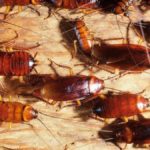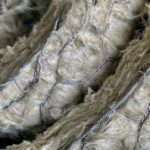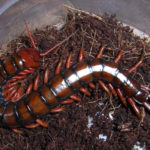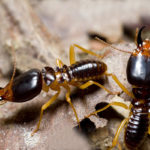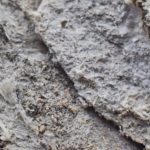Allergic rhinitis – how to deal with nasal allergy?
Allergic rhinitis is a disease in which the nasal mucosa (lining inside the nose) is inflamed (swollen). This results in nasal congestion, watery discharge, and itching. There is also sneezing and irritation in the eyes. This is quite commonly seen in the children and results in absence from school. Allergic rhinitis is a risk factor for asthma.
Causes of allergic rhinitis
This allergic disorder occurs due to the presence of certain allergens in the environment which are inhaled and come in contact with the mucosa of the nose. It may be intermittent (due to seasonal allergens like pollens) or persistent (due to allergens present throughout the year like indoor allergens). Seasonal allergens are present during a particular season like trees pollinate in the spring, grasses in the early summer, and weeds in the late summer. After a snowfall, the seasonal allergy may subside. The indoor allergens which cause persistent allergies include animal dander, house dust mites, and molds. Cats and dogs are the main sources of indoor allergens.
The genesis of allergic rhinitis
Exposure to particular allergen results in the production of Immunoglobulin E in the body. After re-exposure, the allergen reacts with the immunoglobulin on the surface of mast cells. The mast cells become activated and release inflammatory mediators like histamine, a prostaglandin. There is also local infiltration (accumulation) of other cells like basophils, eosinophils, neutrophils, mast cells, and mononuclear cells; which take part in the inflammatory process.
Clinical features
The condition manifests with fever, sneezing, and watery discharge from the nose. It may be associated with headaches, wheezing, and coughing. The nasal itching may result in bleeding on the picking of the nose. An allergic salute in children is seen in which they rub their nose in an upward direction with their palm to get relief from itching. It also results in a transverse crease just above the tip of the nose. The nasal congestion at night may result in mouth breathing and snoring. It is also associated with a temporary loss of sense of smell and taste. There is conjunctival swelling and redness (congestion) in the eyes.
Allergen sensitivity testing
Skin tests to specific allergens are done to detect allergies to a particular or multiple allergens. Before doing this test, the antiallergic medications should be withheld for 5-7 days. A positive response is indicated by the appearance of eosinophils in nasal smear.
Treatment
The goal of treatment is immediate relief of symptoms and prevention of exposure to allergic triggers. The allergens inside the house should be identified and removed permanently. Skin testing helps in the identification of allergens and helps in their removal. Removal of pets, which is a common cause, may become a big emotional issue, especially for children. Proper sealing of pillows and mattresses should be done. The bed linen should be washed in hot water. Vacuum cleaners, room air filters, and special filters in the air conditioners (HEPA filters) help in reducing indoor air allergens to produce a controlled environment.
Drug therapy
Oral antihistaminic drugs provide relief of symptoms and are taken two to three times daily. The first-generation antihistaminic drugs cause sedation (make one feel sleepy) and affect daily work. The newer drugs are better and cause less sedation. These drugs include cetirizine, desloratadine, loratadine, and fexofenadine. These are approved for use in children. A nasal spray of azelastine (topical antihistaminic) is also available.
Pseudoephedrine reduces nasal congestion and blockage due to vasoconstriction (constriction of blood vessels resulting in less production of watery discharge). It is usually available in combination with an antihistaminic drug. Other intranasal decongestants include ipratropium and oxymetazoline, sodium cromoglycate nasal spray (mast cell stabilizer), and intranasal corticosteroids (fluticasone, budesonide).
Allergen immunotherapy is based on specific allergen identified for a particular patient. It helps in reducing immunoglobulin E production. Monoclonal recombinant humanized anti-IgE (immunoglobulin E) is used and it reduces allergic responses in the nose. The locally applied immunotherapy (oral, sublingual, or nasal) has been effective.
Allergic rhinitis is an allergic disorder, commonly seen in children. It affects their performance at school. A physician consult should be taken if the child fails to improve with preventive measures. An allergen testing may be required for specific treatment.




